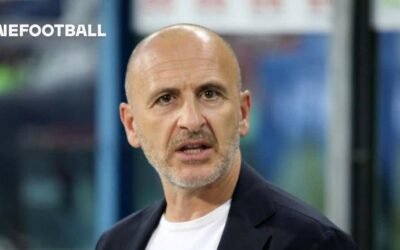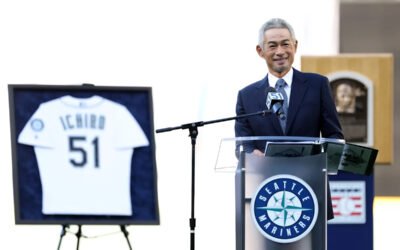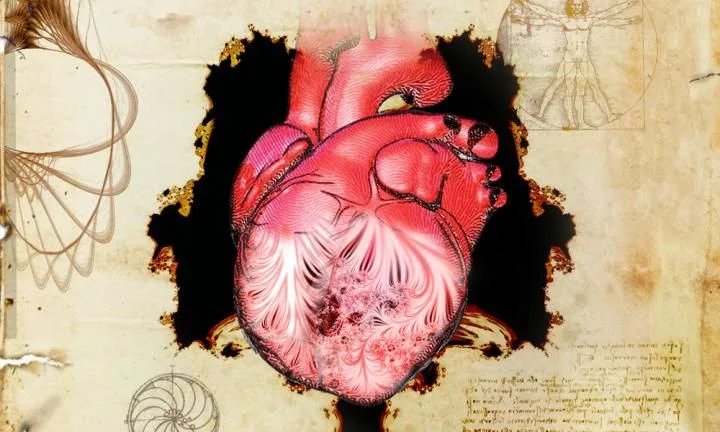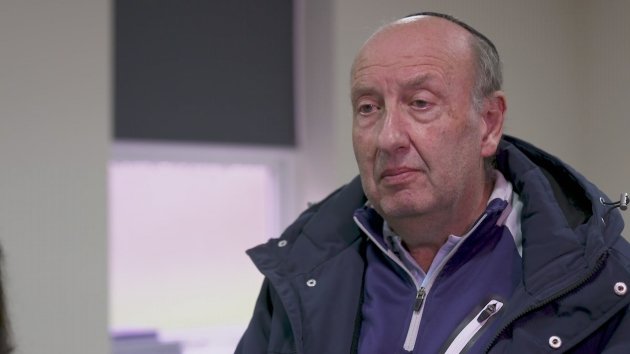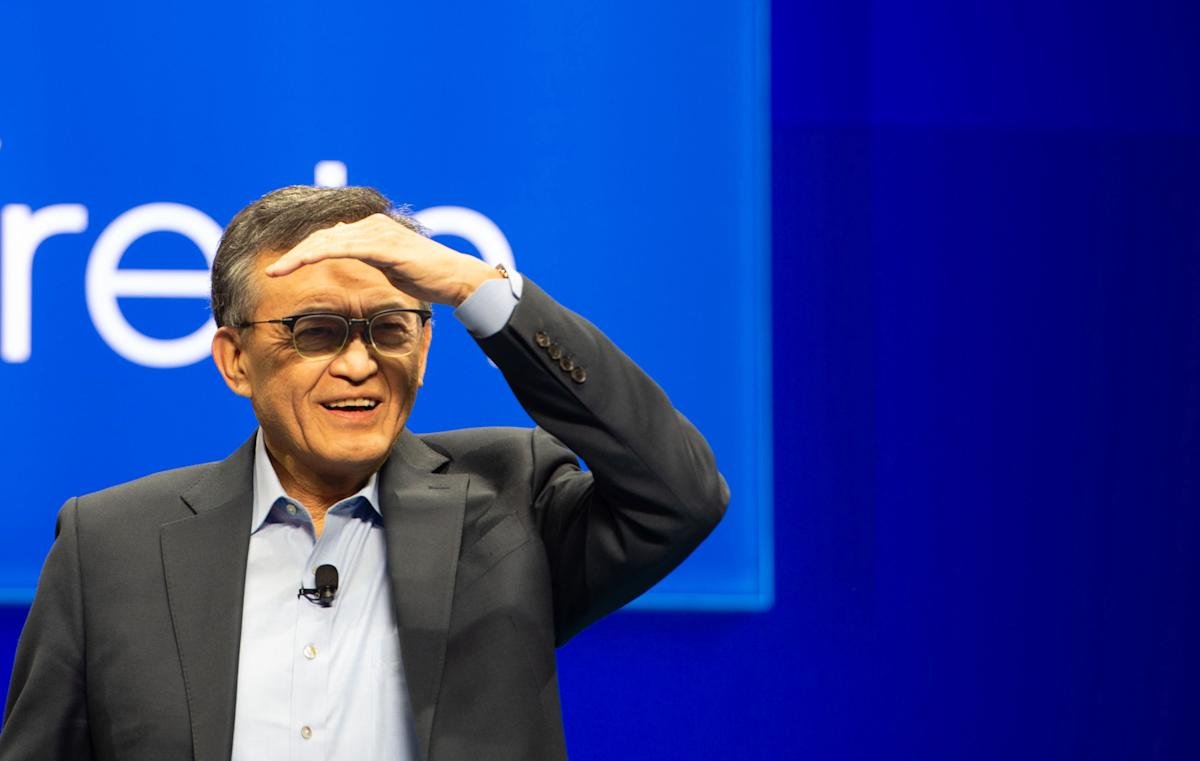“Hearst Magazines and Yahoo may earn commission or revenue on some items through these links.”
Here’s what you’ll learn when you read this story:
-
A study reveals the beginning of understanding of the trabeculae of the heart.
-
We’re still catching up with a great deal of Leonardo da Vinci’s ideas, including this one.
-
Scientists combined genetics and fractal theory to analyze these branching heart structures.
This story is a collaboration with Biography.com.
After 500 years, researchers finally understand the anatomical function of a heart feature first described by Leonardo da Vinci. To find the answer, scientists used fractal theory, MRIs, and a lot of computational elbow grease to shed light on structures called trabeculae. They found this branching, snowflaky muscle layer plays a part in the risk of heart disease.
“The inner surfaces of the human heart are covered by a complex network of muscular strands that is thought to be a remnant of embryonic development,” the researchers explain in a paper in Nature. “The function of these trabeculae in adults and their genetic architecture are unknown. Here we investigate trabeculae using the fractal analysis in 18,096 participants of the UK Biobank.”
Leonardo drew pictures of the fine, lacy, snowflake-like trabeculae after examining a heart up close and dissecting it. The artist likely noticed the tree root-like branching structure, and he theorized that the trabeculae were like the systems we use now to keep sidewalks and roads from freezing: a network for blood, in this case, that was kept warm by circulating in small vessels around the warm and vibrant heart.

The heart and its trabeculae, first described by Leonardo da Vinci. Spencer Phillips
In studying the trabeculae, scientists were able to identify common features across different patient imagery and to begin to draw conclusions about what the structural trabeculae are doing.
“Using biomechanical simulations and observational data from human participants, we demonstrate that trabecular morphology is an important determinant of cardiac performance,” for example, meaning certain trabecular structures meant an increased risk of cardiovascular disease.
“We identified 16 significant loci that contain genes associated with haemodynamic phenotypes and regulation of cytoskeletal arborization,” the researchers explain. By studying the genome as well as trabeculae of their tens of thousands of subjects, they began to pinpoint places in the genome that spoke to how trabeculae are able to form and function—with implications about the way other body cells form and behave as well. (Arborization is just what it sounds like: the technical term for branching, like a tree.)
Fractal analysis colors everything from mapmaking to botany to telecomms: anytime a major “trunk” branches into smaller and smaller areas until it has photographed the whole country, like Google Maps, or covered the entire Earth landmass with high-speed internet. In this case, the trabeculae branch into smaller and smaller threads, and the nature of the fractal network is where many of the clues lie.
“Only the combination of genetics, clinical research, and bioengineering led us to discover the unexpected role of myocardial trabeculae in the function of the adult heart,” researcher Hannah Meyer said in a statement. The researchers say this is also just a first step toward a more complex understanding of the trabeculae.

Photo credit: Hearst Owned

Photo credit: Hearst Owned

Photo credit: Hearst Owned

Photo credit: Hearst Owned

Photo credit: Hearst Owned

Photo credit: Hearst Owned

Photo credit: Hearst Owned

Photo credit: Hearst Owned

Photo credit: Hearst Owned
You Might Also Like







